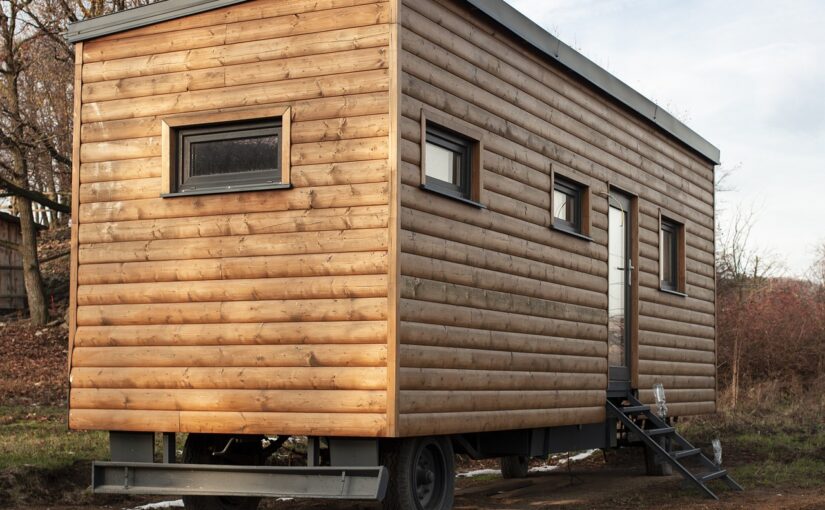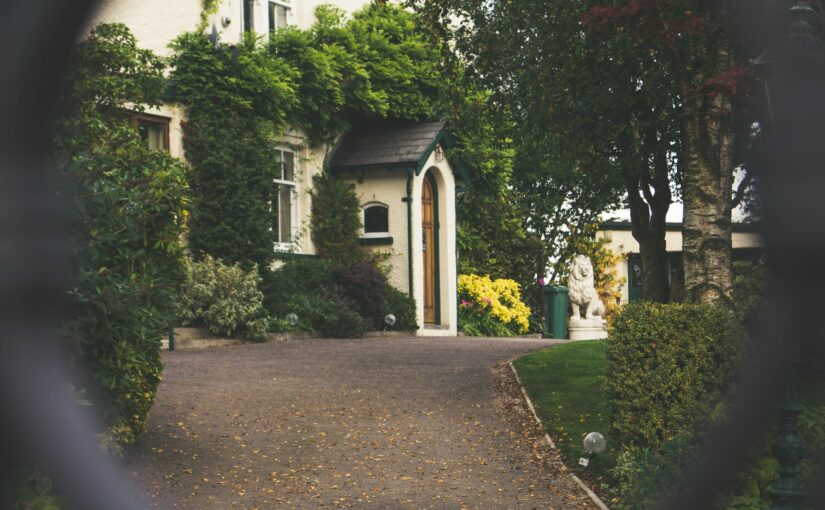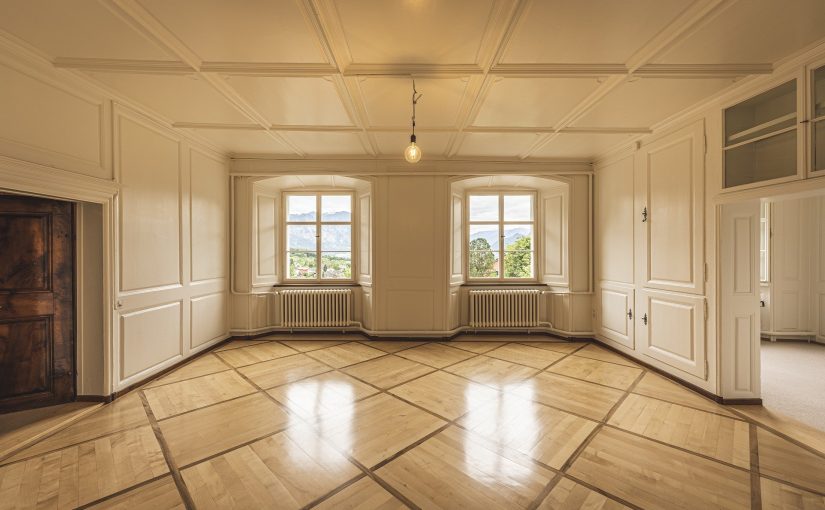When you build your home from scratch, you will be able to design it in a way that suits your needs perfectly. This is the case for tiny houses. When you plan your tiny home, you make sure to utilize every part of it maximally so you don’t have an inch of space left unused. However, to live in and adequately enjoy your tiny home, you need to power it sufficiently, whether you’re on the grid or off the grid.
It may be easier to focus more on the fun activities involved in the design of your tiny home, such as picking out your furniture or choosing the exterior paint color. However, some decisions are more urgent and need to be sorted before others. One such decision is how to power your tiny home. This is essential as it can affect your construction process. So you must sort it out as soon as possible. For instance, some of the things you have to consider during your design are electrical panels, light switches placement, necessary connections for solar, etc., depending on which method or power source you go for.
You need intended parking locations and available budget as major components while you plan the building to establish your power. There are three different options that you may consider:
1. External power generators
You may decide to live on-grid and hook your home up to an electricity provider. However, this is not an option that most tiny homeowners resort to. One of the most typical ways for tiny homeowners to power their home is by using power generators. With a power generator, you don’t have to live on-grid to power your home. You can be off-grid, so this allows you to build your tiny home anywhere you desire without fear of powering it. Getting a portable external power generator gives you the level of flexibility that you need to power your home on the go, and it doesn’t require wiring.
While many of these generators use gasoline-style or propane fuel, there are several other options that you can settle for. Thankfully, the market is now ridden with more clean energy generators. This allows you to build your tiny home in line with environmental-friendly standards and also get a portable clean energy generator to power it.
If your tiny home is built on wheels, then you are better off getting portable solar generators that allow you to move freely whenever you want to. However, it is more cost-effective to use this as a backup option than the primary power source because of the recharge time and limited capacity.
You should note, though, that it may be more costly to power your home with a generator if you want to live off-grid. This is because you have to rely on fuels, and if you are always indoors, the monies add up pretty quickly.
2. Solar power
Using solar energy to power your house is an excellent idea for a tiny house. This enables you to be self-sufficient and gives you more off-grid flexibility. However, solar power doesn’t have a one-size-fits-all solution for tiny houses. Each one would have a unique solution based on the daily energy usage in each house.
Thankfully, several companies offer this service, letting you leverage sunshine to provide power to your tiny home, especially in an environmentally friendly manner. However, you may need to get specialist advice to be well-informed about everything you should know about this power source. Also, you have to keep yourself informed about the most budget-friendly products that you need for installing a solar power system in your tiny home.
You don’t have to panic if you are living in a place where there isn’t much fun. Solar power allows you to generate energy under rainy or cloudy climates still. So, there’s no reason to miss out on this sustainable power source in your home, wherever you are.
Another thing that you should know is that using solar energy is not necessarily a big commitment or a big project like covering your roof with solar panels. You don’t have to commit yourself that much. You could start small, but you need to get appliances that can run on the available solar energy.
The placement of your home is another thing that you should pay attention to if you are going to power it through solar energy. It would be more helpful if you paid more attention to your home’s exposure to the sky. If you are going to make the most of the sunlight, then it makes sense that your tiny house is built directly under the sky where your panels have clear access to the sun and can leverage on it.
3. Wind power
Wind power is another excellent option for you if you are looking to live sustainably and away from the use of fossil fuels. You could get small turbines that can fit into the top of your tiny home. Using wind power doesn’t have the limitations of needing a large property or space. It can work well for your tiny house too. However, these small turbines may not have enough in them to generate the amount of electricity that you need to power your home entirely. So, it makes more sense to have this energy source as a backup or second option while you use additional sources such as power generators and solar panels to power your tiny house.
If you can go for the giant wind turbine and mount it on a tower, then you will be able to use it fully to power your home. However, you must be living in a region with a windy climate. Otherwise, you won’t be able to generate enough electricity to power your house still.
Whether you are building or buying a tiny home, if your preferred source of energy is wind power, then you must be sure that you are located in an area where there’s enough wind to generate the needed power. A microturbine mounted on a tower needs an approximate 36-foot diameter footprint before it can be installed. This makes it better suited for homesteads.
Conclusion
An advantage of living in a tiny home is that it allows you to stay off-grid if that’s your preference. However, you need alternative means to power your home, which have been discussed in this article. Additionally, the power source that you choose will affect your daily lifestyle.
Author Bio
Charlie Svensson is a fast, engaging, freelance writer and dissertation writer providing essay writing services reviews for EssayAssistant. He is skilled in content writing and blogging. The favorite topics of his posts are education, social media, marketing, SEO, motivation blogging, and self-growth. Excellent adaptability of skills to reach diverse audiences.
Image by Milada Vigerova on Pixabay

















